
The 90s web was chaotic, colorful, and full of improvisation and it shaped more of modern UX than we admit. This article traces how tables, GIFs, and bold palettes evolved into today’s grids, micro-animations, and clean hierarchy.

Nostalgia-driven aesthetics is a real thing. In this blog, I talk all about 90s website designs — from grunge-inspired typography to quirky GIFs and clashing colors — and what you can learn from them.
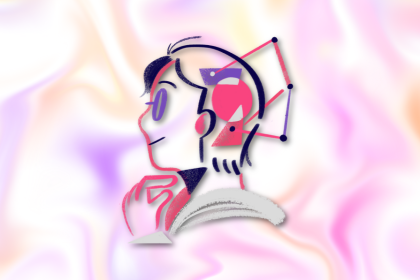
Users don’t interact with your product at random; they follow cognitive patterns. These 14 principles reveal how people think, decide, remember, and get motivated, so you can design experiences that guide them effortlessly.

Great modals respect user intent. Bad ones hijack it. This guide covers when to use modals, how to make them user-friendly, and what to use instead.

AI agents powered by MCP are redefining interfaces, shifting from clicks to intelligent, context-aware conversations.
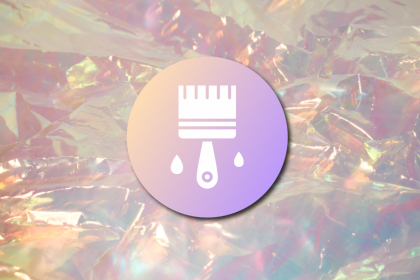
I redesigned a book library app using Apple’s HIG and AI as my design duo. The experiment taught me how structure and intuition still matter more than machine-generated advice.
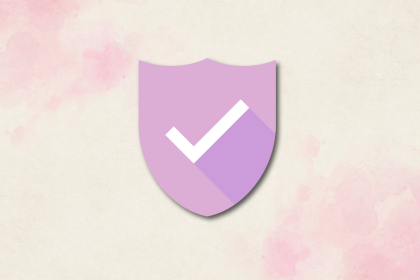
Trust me, this is how UX really converts. I break down how companies like Airbnb and PayPal engineer trust into their UX — and how you can too.
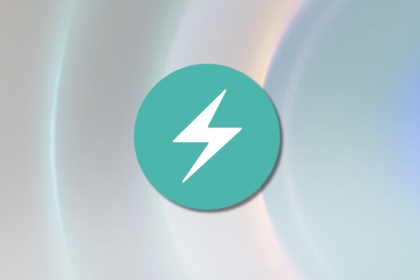
Discover how the Chakra UI MCP server integrates AI into your editor, reducing context switching and accelerating development by fetching real-time documentation, component data, and code insights directly in-app.

Clean, fast interfaces are great for usability. But when it comes to emotion, trust, and memorability, slower UX has its own magic. Discover how to pace your design to tell a story that users connect with, not just use.
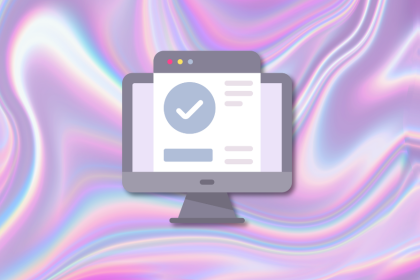
I thought trimming fields and adding tooltips would solve our order form problems. They didn’t. What finally worked was starting over with nine UX changes that made the process clear, simple, and frustration-free.
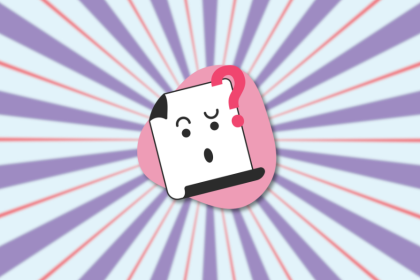
Empty states don’t have to be dead ends. See how Slack, Pinterest, Dropbox, and Duolingo turned blank screens into engaging UX moments and learn how you can too.
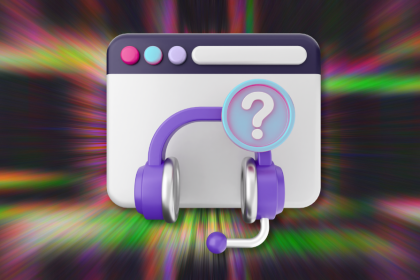
Support pages should actually support people. Here’s how Dropbox, Zoom, and more redesigned theirs to work better for real users.